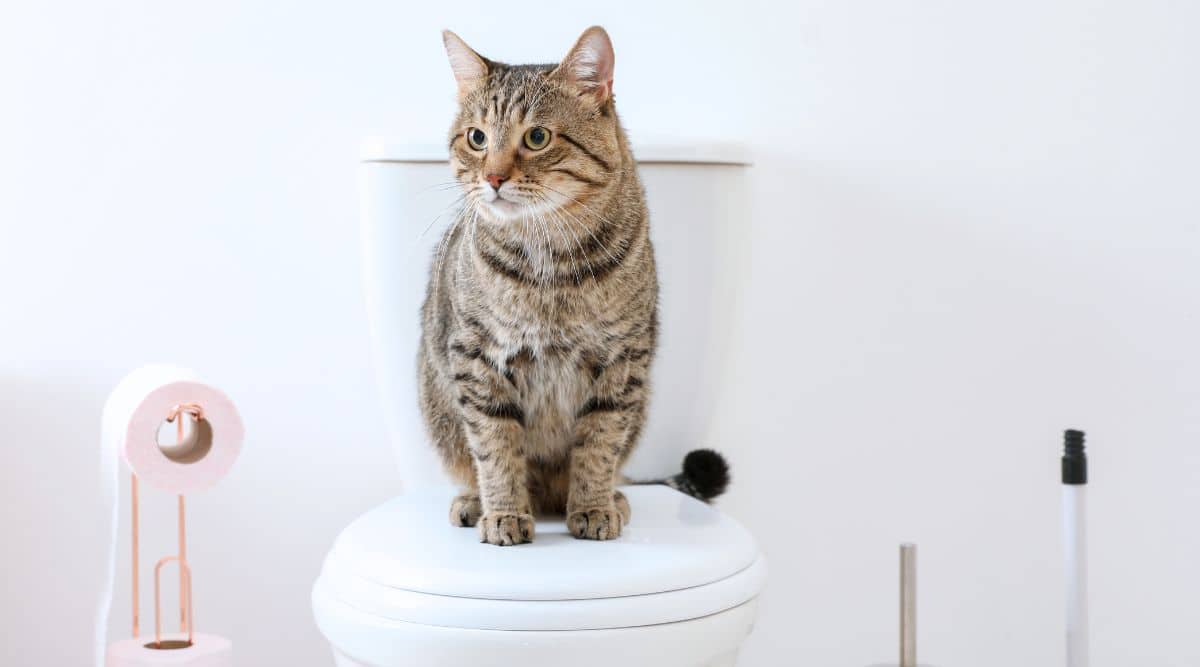Reasons You Should Never Flush Cat Poop Down Your Toilet - Important Information
Click HereThe writer is making several good annotation regarding Don’t flush cat feces down the toilet in general in this post down below.

Introduction
As pet cat owners, it's essential to be mindful of just how we dispose of our feline close friends' waste. While it may seem hassle-free to purge pet cat poop down the toilet, this practice can have harmful repercussions for both the atmosphere and human health.
Environmental Impact
Purging cat poop introduces unsafe pathogens and parasites right into the water, posing a considerable danger to marine ecosystems. These contaminants can negatively impact marine life and compromise water quality.
Health Risks
In addition to environmental concerns, flushing pet cat waste can additionally posture wellness threats to people. Feline feces may contain Toxoplasma gondii, a bloodsucker that can trigger toxoplasmosis-- a potentially severe ailment, especially for expecting women and people with weakened body immune systems.
Alternatives to Flushing
Luckily, there are much safer and more responsible means to throw away pet cat poop. Think about the following choices:
1. Scoop and Dispose in Trash
The most common method of dealing with pet cat poop is to scoop it into a biodegradable bag and throw it in the garbage. Be sure to make use of a dedicated clutter scoop and dispose of the waste without delay.
2. Use Biodegradable Litter
Go with biodegradable cat trash made from materials such as corn or wheat. These litters are eco-friendly and can be securely taken care of in the trash.
3. Bury in the Yard
If you have a backyard, consider burying cat waste in a designated location far from veggie gardens and water sources. Be sure to dig deep enough to stop contamination of groundwater.
4. Mount a Pet Waste Disposal System
Purchase an animal waste disposal system especially created for feline waste. These systems use enzymes to break down the waste, lowering odor and environmental effect.
Conclusion
Liable animal possession prolongs past offering food and sanctuary-- it likewise entails proper waste monitoring. By refraining from flushing pet cat poop down the bathroom and going with alternative disposal techniques, we can decrease our environmental footprint and secure human wellness.
Why Can’t I Flush Cat Poop?
It Spreads a Parasite
Cats are frequently infected with a parasite called toxoplasma gondii. The parasite causes an infection called toxoplasmosis. It is usually harmless to cats. The parasite only uses cat poop as a host for its eggs. Otherwise, the cat’s immune system usually keeps the infection at low enough levels to maintain its own health. But it does not stop the develop of eggs. These eggs are tiny and surprisingly tough. They may survive for a year before they begin to grow. But that’s the problem.
Our wastewater system is not designed to deal with toxoplasmosis eggs. Instead, most eggs will flush from your toilet into sewers and wastewater management plants. After the sewage is treated for many other harmful things in it, it is typically released into local rivers, lakes, or oceans. Here, the toxoplasmosis eggs can find new hosts, including starfish, crabs, otters, and many other wildlife. For many, this is a significant risk to their health. Toxoplasmosis can also end up infecting water sources that are important for agriculture, which means our deer, pigs, and sheep can get infected too.
Is There Risk to Humans?
There can be a risk to human life from flushing cat poop down the toilet. If you do so, the parasites from your cat’s poop can end up in shellfish, game animals, or livestock. If this meat is then served raw or undercooked, the people who eat it can get sick.
In fact, according to the CDC, 40 million people in the United States are infected with toxoplasma gondii. They get it from exposure to infected seafood, or from some kind of cat poop contamination, like drinking from a stream that is contaminated or touching anything that has come into contact with cat poop. That includes just cleaning a cat litter box.
Most people who get infected with these parasites will not develop any symptoms. However, for pregnant women or for those with compromised immune systems, the parasite can cause severe health problems.
How to Handle Cat Poop
The best way to handle cat poop is actually to clean the box more often. The eggs that the parasite sheds will not become active until one to five days after the cat poops. That means that if you clean daily, you’re much less likely to come into direct contact with infectious eggs.
That said, always dispose of cat poop in the garbage and not down the toilet. Wash your hands before and after you clean the litter box, and bring the bag of poop right outside to your garbage bins.
https://trenchlesssolutionsusa.com/why-cant-i-flush-cat-poop/

Hopefully you enjoyed reading our excerpt on How to Dispose of Cat Poop and Litter Without Plastic Bags. Thank you for taking the time to browse our article. Enjoyed our blog entry? Please share it. Let other people discover it. Kudos for your time. Don't forget to check our blog back soon.
Call Today